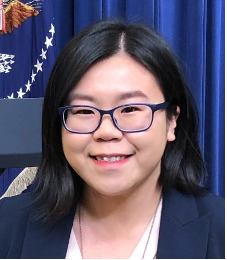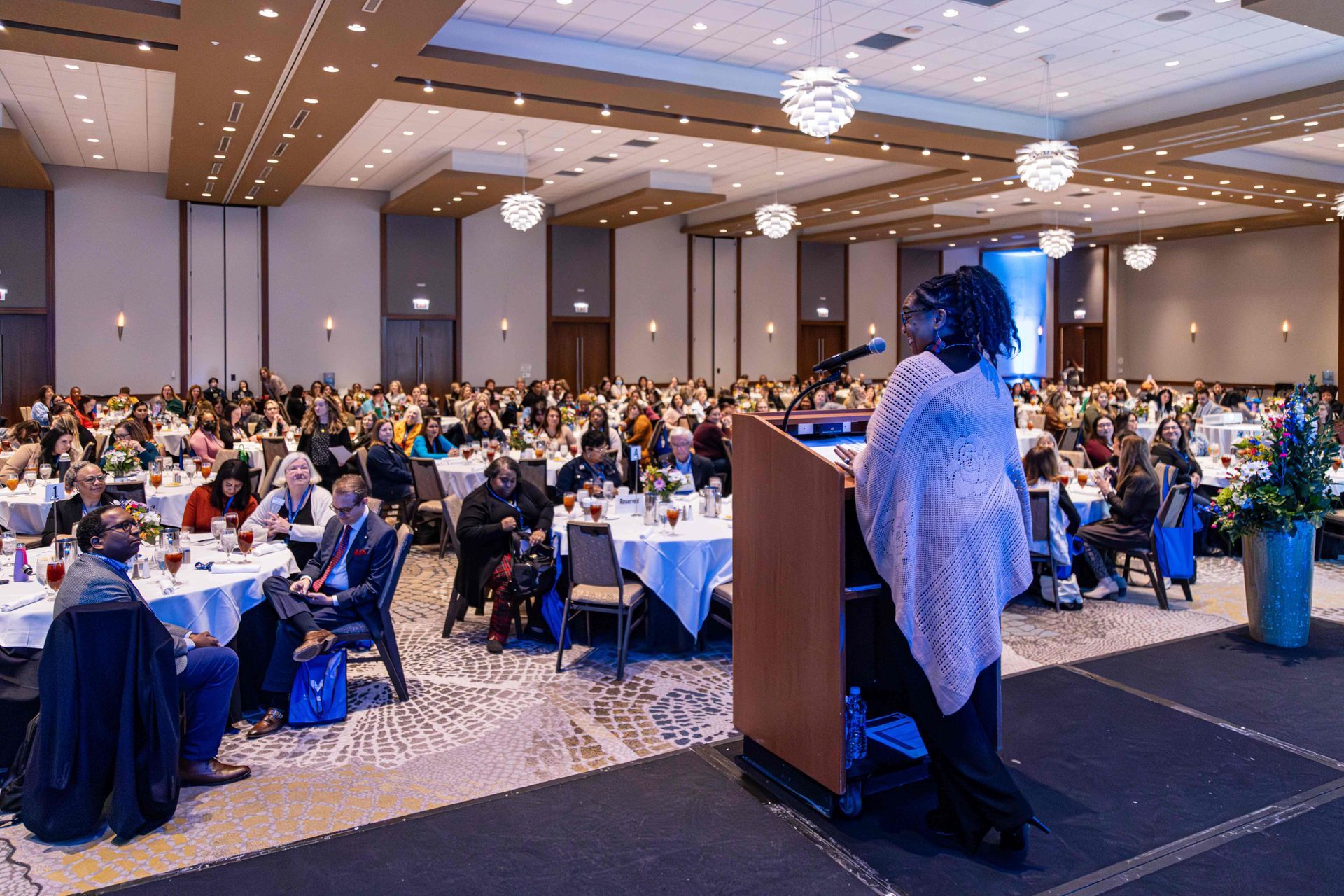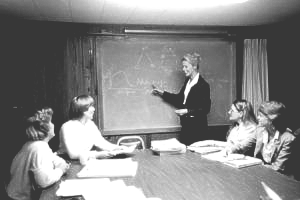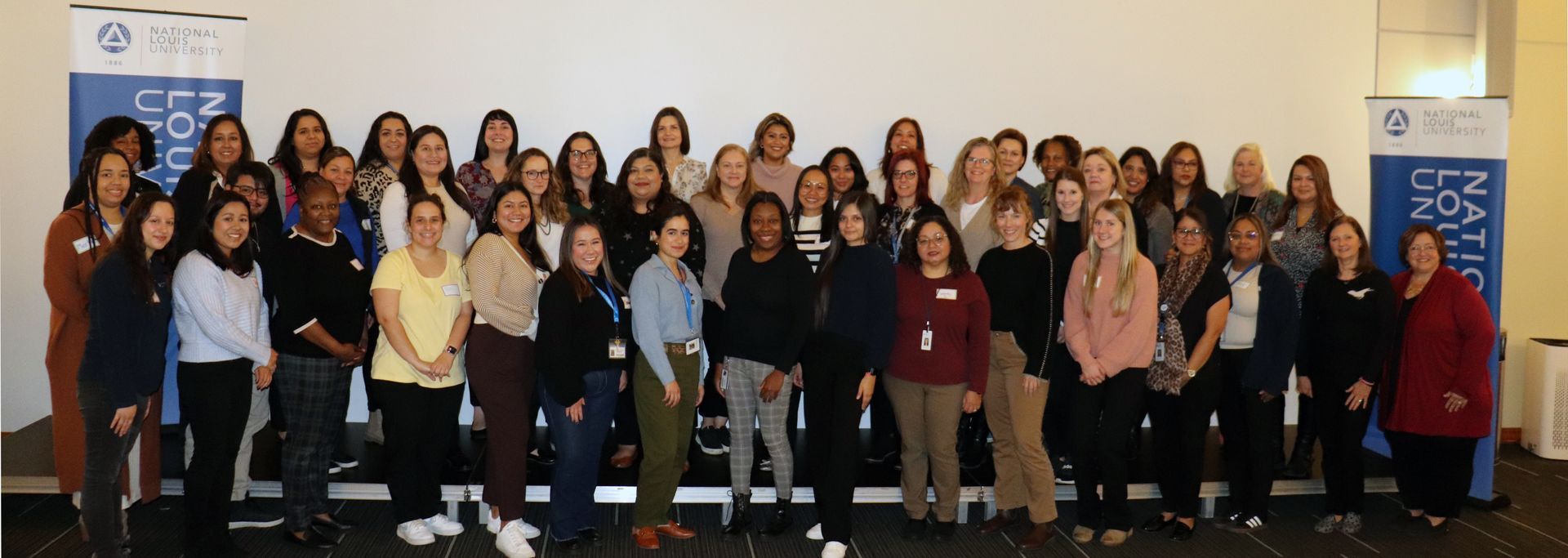BY Irina Tenis, Ph.D. | April 3, 2024
This document may be printed, photocopied, and disseminated freely with attribution. All content is the property of the McCormick Center for Early Childhood Leadership.
What do you picture when you hear Artificial Intelligence (AI)? Most people might think of futuristic robots and sometimes terrifying machines capable of doing everything we can but better. This perception is often influenced by popular culture, including movies, television shows, and books that depict AI in various forms, from helpful assistants, like Rosie the Robot from The Jetsons Cartoon to menacing rivals. Additionally, discussions around AI often frame it as a threat, emphasizing potential negative impacts on jobs and society. As a result, many people may associate AI with uncertainty about the future.
Feeling intimidated by new things is natural. But you know what helps? Embracing them! Once you understand a technology and start playing around with it, you might just find yourself loving it!
This is what happened to me with AI, particularly ChatGPT – a popular AI tool developed by the IT company OpenAI and trained to assist with a variety of tasks and respond to our questions and statements in a conversational, human-like manner.
Initially, I brushed off AI, thinking of it as something that only concerned those in the technology world where teams of tech experts were working on futuristic concepts. However, the topic of AI and ChatGPT was getting so much attention that it piqued my curiosity. I discovered numerous videos of people demonstrating a number of ways they were using AI in their everyday work. Many also often shared how using ChatGPT to expedite tedious or repetitive tasks freed up more of their time to focus on other, more critical responsibilities. So, I thought, Why not give it a try?
Before I go much further, I thought it might help to give definitions of a few key terms:
- Prompt: The input the user enters to initiate a conversation or request a specific response from ChatGPT. It can be a question, statement, or any text to start the interaction provided by ChatGPT. ChatGPT generates responses based on the prompt it receives, showcasing its ability to understand the context and provide relevant information.
- Prompt Expansion: Providing additional context or information in the prompt to guide ChatGPT’s responses. This enhances ChatGPT’s understanding of what the user is looking for.
- Response: The output generated by ChatGPT in reply to the user’s prompt. It can vary in length and complexity depending on the input provided.
My first encounter with ChatGPT involved creating an important email. I drafted a prompt – a few sentences to explain what I wanted – and then submitted it to ChatGPT: “Write an email for my supervisor who is retiring. Express well wishes for her retirement and gratitude for all her support over the years.”
I was thrilled by the initial response: ChatGPT took my prompt and returned a well-polished email—the flow, language, and tone were all spot-on! I also discovered that I could shape ChatGPT’s output. Whether specifying writing style, providing context, or explaining the task at hand, I realized that I could use prompt expansions to guide ChatGPT in generating the unique responses I needed. I was able to edit my prompts and ask follow-up questions, and ChatGPT kept building on our interaction. Ultimately, it felt like I had a full conversation with ChatGPT. We had back-and-forth written dialogue, and it kept adjusting its responses to better meet my requests. I thought it was amazing.
Since then, ChatGPT has been an ally. We have had numerous conversations, and it has assisted me with a variety of tasks ranging from asking quick questions to providing resume revisions. ChatGPT even assisted in writing this blog! As an early childhood leader, AI can become your ally, too!
For example, AI can assist with:
- Organizing staffing schedules and calendars
- Generating and fine-tuning program communications like emails or memos to staff, letters to grant funders, or newsletters to families
- Support with menu planning and making sure that nutrition guidelines are being met
- Revising policies and procedures like crafting a checklist for opening and closing or wordsmithing a late pick-up policy
- Finding resources to support staff training and development
- Generating ideas for family resources
- Brainstorming creative ways to enhance learning in the classroom
- Creating marketing content such as an elevator pitch highlighting the benefits of your program
- Simply serving as a thought partner
The potential to embrace AI is truly endless! If you need to cite AI in your work, you can find information about how to do that here https://apastyle.apa.org/blog/how-to-cite-chatgpt.
In our upcoming technology training Unlocking the Potential of AI in Child Care, my colleague Robyn Kelton and I plan to share a number of ways administrators can harness AI’s power in their own programs. Participants will learn how ChatGPT can provide instant answers, enhance lesson planning, facilitate communication, and assist in problem-solving.
Register here to join this free Webinar—we’d love to help you tap into the power of AI.
Irina Tenis, Ph.D., is the Data and Evaluation Coordinator for the McCormick Center for Early Childhood Leadership at National Louis University (NLU). Irina was trained as a data analyst at Northwestern University, IL, where she completed Data Science and Visualization Boot Camp. She also holds a PhD in Linguistics, along with Bachelor’s and Master’s degrees in Education and English as a Foreign Language. Irina has worked in education for more than 20 years now, and prior to joining the McCormick Center, she worked as Senior ESL Academic Assistant at College of DuPage where she supervised the work of the department with non-native students.





